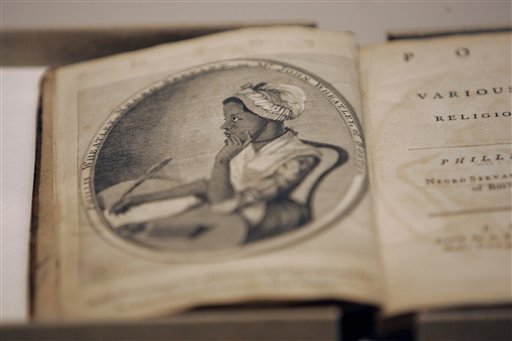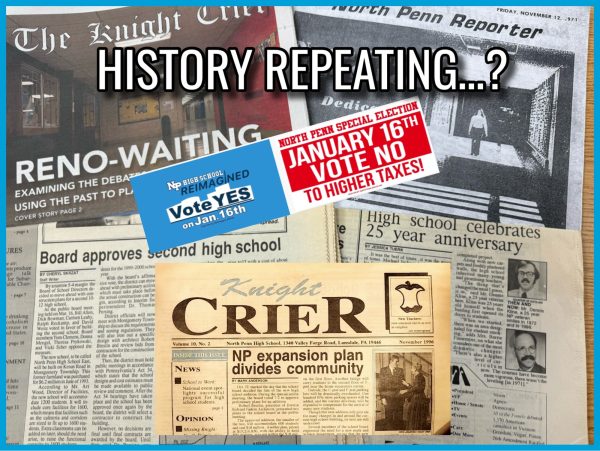Black History Month: Highlighting historical figures

** FILE ** A copy of a book by Phillis Wheatley, the first book written by an African American, is featured in an exhibit of black journalism as part Black History Month at the National Press Club in Washington in this Feb. 3, 2006, file photo. A first edition book by 18th-century writer Phillis Wheatley, who published her first poem when she was 13, was acquired by the University of South Carolina. There are roughly 100 first editions of Wheatley’s “Poems on Various Subjects, Religious and Moral,” Patrick Scott, director of rare books and special collections at the university’s Thomas Cooper Library, said Thursday, Oct. 4, 2007. (AP Photo/Gerald Herbert, file)
The month of February, also known as black history month, is a celebratory 28 day period of praise and recognition for civil rights activists, and African role models alike. So where should the focus really lay? We are often starstruck and our attention is automatically drawn to powerful, popular historic characters like Martin Luther King Jr., Rosa Parks, and Nelson Mandela, while giving less attention to equally important figures from earlier times.
The civil rights era is an important period in American history; however, there would be less need for the civil rights movement if it weren’t for our country’s history of slavery. Denmark Vesey, Madame C.J. Walker, and Phillis Wheatley are remarkable and admirable characters who deserve equal praise. Below are three important historical black figures whose names are not commonly heard.
Denmark Vesey
In 1822, Denmark Vesey was convicted of organizing a plot against whites and slave owners. This plan included over 9,000 slaves and took over two years preparation wise. Vesey, along with 35 other slaves was executed, after being charged with conspiracy. Although thought to be a true story, some historians argue that this is false, and no rebellion was planned, it was just a rumor spread by fearful slave owners.
Madam C. J. Walker
Is credited with being one of the first female self-made millionaires in America. She made her fortune by making and selling her own line of beauty products specifically designed for black women. She accomplished this during the period of reconstruction following the civil war and during the early 1900’s.
Phillis Wheatley
In 1767, an educated slave, Phillis Wheatley published her first poem. She was kidnapped and enslaved by John Wheatley, and was ordered to be a personal servant to his wife. This family taught Phillis Wheatley, and she became fluent in multiple languages. She went on to become a published poet.
It is often times relevant to bring characters like these up, for their courage and longevity. Not only did they help shape and create the history of America, but their influence is also impacting the future. As many Americans battle with the color of their skin and being accepted, it is important to keep the contributions of these individuals in mind, remembering their battles fought in order for modern day America to be the best it can be.











